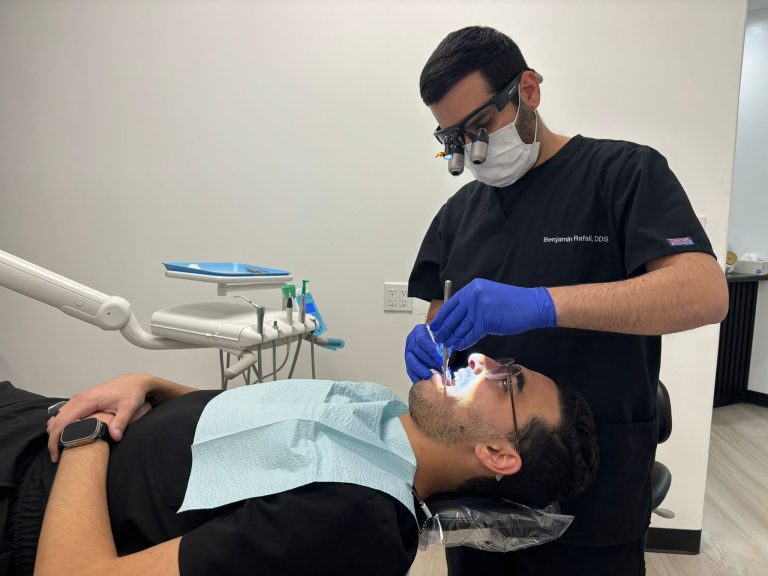Sedation dentistry or comfort is a dental procedure that involves the use of sedatives to help patients relax during different dental procedures. If you experience phobia for most dental procedures, sedation dentistry is an excellent option for you. At Bright Work-Family Dentistry, Dr. Benjamin J.Crowley and his team of experts have been helping patients fight the fear of dental procedures in Richmond, VA.
Sedation dentistry is a potent tool, and before you decide on whether to go through it or not, here are essential facts you should know about the whole concept.
Sedatives and Anesthetics Are Two Different Things
Many people believe that sedatives and anesthetics are the same, but that’s a great misconception. The two are very different drugs. Anesthetic application numbs your sense to help prevent pain during various surgical procedures, while sedation helps you to relax.
The other difference between the two is that when sedatives are used, you remain awake but in a more relaxed state. However, when a general anesthetic is used, you remain unconscious throughout the procedure.
The Different Types of Sedation Dentistry
Oral Sedation
Oral sedation requires you to have a dose of prescribed sedatives before your procedure begins. Your dentist will direct you on what intervals you should take the sedative. In most cases, you are advised to take it the night before the procedure, then one hour before it begins. The resultant effects of having oral sedation are that you feel tired and sleepy after the procedure. But these effects usually wear off the next day.
Laughing Gas or Nitrous oxide
In this type of sedation dentistry, you’re fed with laughing gas through a nose apparatus, which enables the continued supply of the gas throughout the procedure. The effects of this gas wear off as soon as the supply is cut short. Patients that undergo laughing gas sedation experience very mild effects and can even drive themselves home after the procedure.
Some patients feel comfortable with laughing gas alone, while others still need it even after having oral sedation.
IV Sedation
IV sedation is applied to people who experience severe dental anxiety. It’s not applied continuously; hence you’ll only feel its effects in intervals. Most patients who have undergone this form of sedation tend to remember nothing about the entire procedure. Your dentist will advise you to have a rest the following day after the procedure.
Sedation Dentistry Is Safe If Done Right
Sedation dentistry is being performed in almost all corners of the globe, and lots of researches have proven that there are no significant risks associated with it. Your dentist will choose the type of sedative to use on you depending on your specific circumstances, including your fear levels and the dental procedure in question. It is safer than anesthesia because it requires no external supervision.
Sedation Dentistry Can Be Covered by Insurance
Many insurers will help you to partially cover your sedation dentistry, especially if it is an essential component of your dental procedures. Not all insurances offer coverage for dental sedation, but you can opt for other flexible financing options.
You never have to skip your appointment with the dentist due to anxiety. To conquer it, ask the expert which dental sedation options are best for you and if they can help relieve your fears.



















